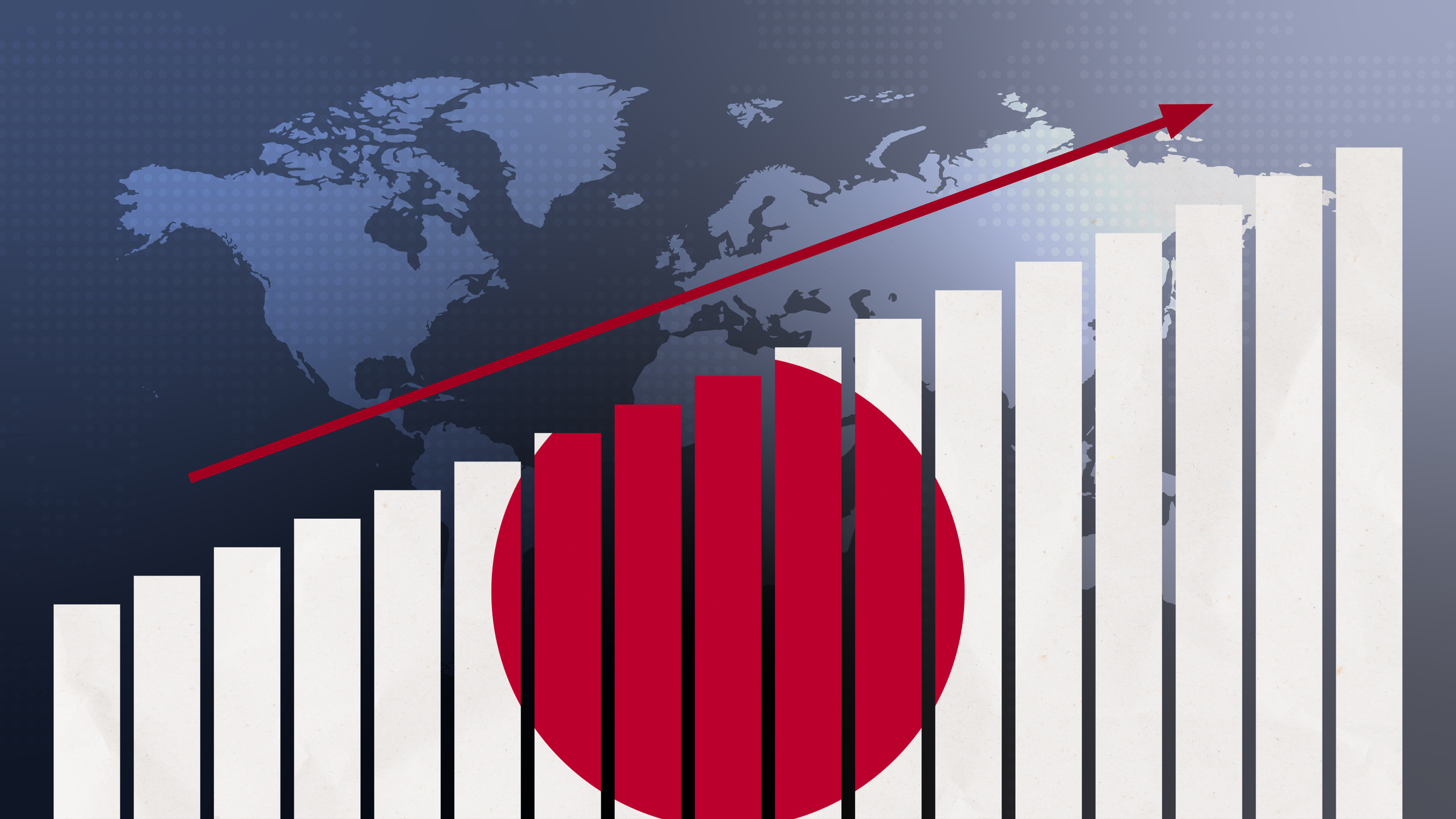Don't Try These Investments at Home
We shed some light on the dark underbelly of alternative investments.
When the bear shreds the stock market investors start to look for alternatives. Before you turn your back on your traditional investments, we'd like to shed some light on the dark underbelly of alternative investments.
A shaky future in futures
If the stock market's gyrations have turned you into a Tums addict, don't expect to get relief from putting your money in commodities futures. Commodities trading -- betting on the future direction of prices for things like corn, wheat, coffee, cattle, precious metals, even foreign currency -- is pretty much a crap shoot if you don't have the ultraspecialized knowledge and experience that successful traders do. Only about one in ten commodities traders is still trading after the first year.
Commodities trading works like this: Say you thought that a pervasive drought in the Midwest would prop up the price of corn. You could go to a commodities broker and put down 10% (or $1,000) on a $10,000 futures contract. If corn prices did indeed rise over the next week or month (whatever the length of the contract), you'd keep any profits left after you pay back the remaining $9,000 that you owe on the contract. If prices drop, however, and the price of the contract drops, you'd still have to pay the full amount of the contract. Either way, you'll pay hefty broker commissions.

Sign up for Kiplinger’s Free E-Newsletters
Profit and prosper with the best of expert advice on investing, taxes, retirement, personal finance and more - straight to your e-mail.
Profit and prosper with the best of expert advice - straight to your e-mail.
The payoffs can be huge, but the losses can be, too. And you have to have a margin account (a line of credit from a brokerage firm) to show that you have the wherewithal to cover the entire contract.
"If you're looking to avoid volatility," says Stephen Barnes, a portfolio manager for Barnes Investment Advisory, "commodities trading is the worst place to go." There are managed futures funds, but they charge 1% to 2% in upfront fees, skim off 10% to 20% of any profits and expose you to a ton of risk.
Bottom line, says Barnes: "Committing the bulk of your portfolio to futures is like playing Russian Roulette. If the chamber comes up empty nine times out of ten, fine. But the one time it comes up loaded, you're done."
Don't hedge your bets
Stop someone on the street and ask what a hedge fund is and you're likely to get a blank stare. Why? Because hedge funds are primarily for the super rich. Sometimes referred to as "cocktail party cachet," they're usually open to people who have somewhere north of $1 million to pony up as an initial investment. An invitation to invest typically comes from a wealthy friend, business associate or family member.
Hedge funds gained what glam appeal they have thanks in part to Jim Cramer, co-founder of the TheStreet.com and probably the most obsessive money manager of our time. Cramer's fund, Cramer Berkowitz, once churned out profits of $300 million or more a year. After millions upon millions of dollars in losses, and stress that would take most people over the edge, Cramer quit the fund in 2001.
Still, pie-in-the-sky returns (some funds have delivered 100% or better in annual returns) can be tempting. How do they do it? Risk is no object. Lots of hedge funds trade futures (which you already know are risky), engage in short selling and use borrowed money to boost returns.
But hedge funds are unregulated by the Securities and Exchange Commission. In exchange for not advertising or publicly promoting the fund, the manager gets license to pursue any free-wheeling market tactic. Worst of all, a hedge fund manager doesn't need any credentials to set up shop.
Hedge funds for the little guy. The astronomical minimums required to get into a hedge fund are in freefall right now, as investment banks hope to attract less-affluent clients. Some hedge funds now carry minimums that have been halved and even quartered ($25,000 to $50,000), and could drop as low as $5,000.
The trend is alarming because the typical investor may not realize how expensive investing in hedge funds really is. The funds take management fees of, say, 2% out of your investments. And if there are profits, you'll pay performance fees -- typically 10% to 20% of the fund's returns.
These low minimums are just the thing that will attract novice investors who are despondent about the market slide. "I think of Groucho Marx when he said he'd never want to be a member of any club that would have him," Barnes says. The same principle applies to hedge funds -- if someone's cajoling you to get into it, it's probably one you don't want to be in. "They're the wolves in sheeps' clothing," Barnes says.
It's not to say that investing in a hedge fund is always anathema -- it's just not the place for investors who don't have a lot of assets and can't afford big losses. The money you'd pour into a hedge fund in all likelihood would leave you with an undiversified portfolio -- and that's breaking the golden rule of investing.
In other words, if you think you've lost your shirt in the regular market, don't expect to get it back in futures or hedge funds.
Get Kiplinger Today newsletter — free
Profit and prosper with the best of Kiplinger's advice on investing, taxes, retirement, personal finance and much more. Delivered daily. Enter your email in the box and click Sign Me Up.
-
 Stock Market Today: Stocks Gain on Tech, Auto Tariff Talk
Stock Market Today: Stocks Gain on Tech, Auto Tariff TalkThe Trump administration said late Friday that it will temporarily halt tariffs on some Chinese tech imports.
By Karee Venema
-
 Sam's Club Plans Aggressive Expansion: Discover Its New Locations
Sam's Club Plans Aggressive Expansion: Discover Its New LocationsSam's Club expansion plans will open up to 15 new stores each year. Learn where they plan to open in 2025.
By Sean Jackson
-
 What DOGE is Doing Now
What DOGE is Doing NowThe Kiplinger Letter As Musk's DOGE pursues its ambitious agenda, uncertainty and legal challenges are mounting — causing frustration for Trump.
By Matthew Housiaux
-
 A Move Away From Free Trade
A Move Away From Free TradeThe Letter President Trump says long-term gain will be worth short-term pain, but the pain could be significant this year.
By David Payne
-
 Trump’s Whirlwind Month of Crypto Moves
Trump’s Whirlwind Month of Crypto MovesThe Kiplinger Letter The Trump administration wants to strengthen U.S. leadership in the cryptocurrency industry by providing regulatory clarity.
By Rodrigo Sermeño
-
 What Could Derail the Economy This Year?
What Could Derail the Economy This Year?The Letter While the outlook for the U.S. economy is mostly favorable, there are plenty of risks that bear watching.
By David Payne
-
 Three Ways President Trump Could Impact the Economy
Three Ways President Trump Could Impact the EconomyThe Letter Some of Trump's top priorities could boost economic growth, but others risk fueling inflation.
By David Payne
-
 Europe Faces Economic and Political Headwinds Next Year
Europe Faces Economic and Political Headwinds Next YearThe Letter Challenges for Europe: Potential tariffs, high energy prices and more competition from China will weigh on the bloc in 2025.
By Rodrigo Sermeño
-
 Don't Sleep on Japan's Economic Transformation
Don't Sleep on Japan's Economic TransformationThe Letter After almost three lost decades, Japan — one of the world's biggest economies — is finally showing signs of life.
By Rodrigo Sermeño
-
 Start-ups Trying to (Profitably) Solve the World’s Hardest Problems
Start-ups Trying to (Profitably) Solve the World’s Hardest ProblemsThe Letter More investors are interested in companies working on breakthrough science to tackle huge societal challenges. The field of deep tech has major tailwinds, too.
By John Miley